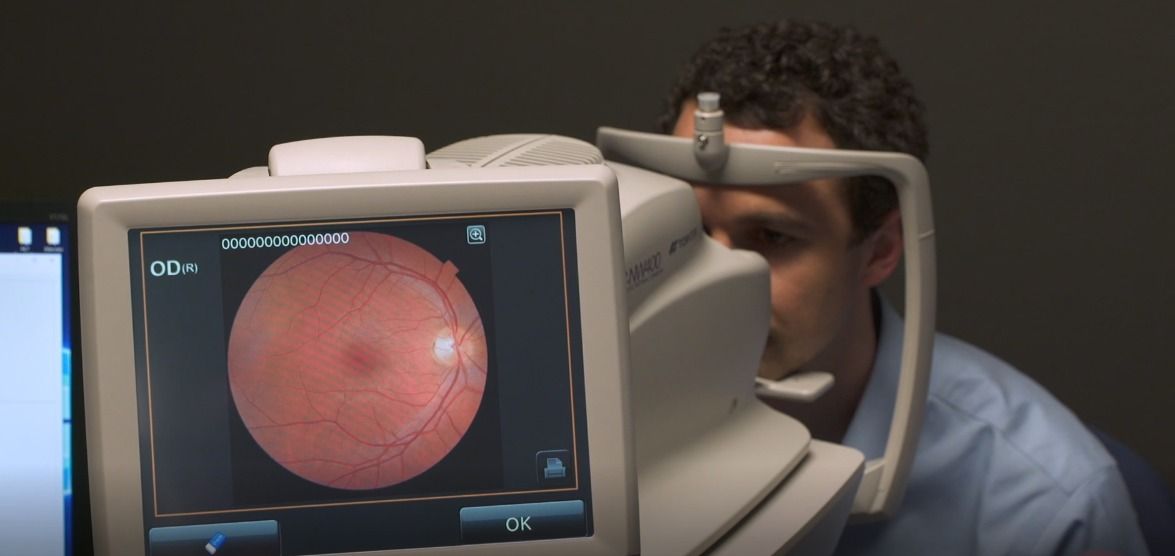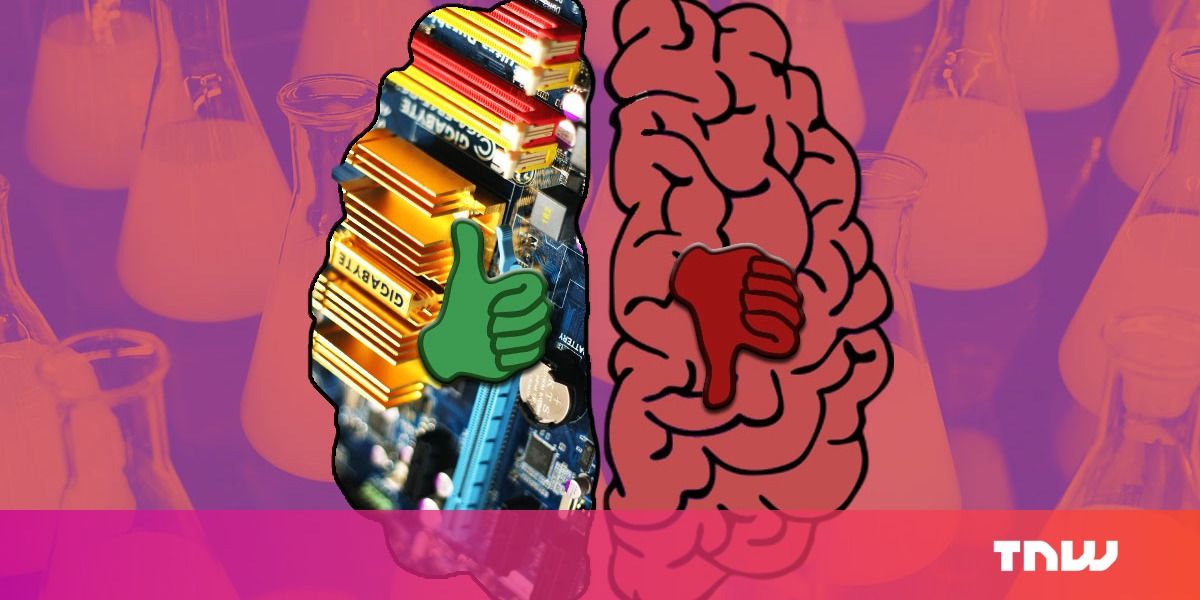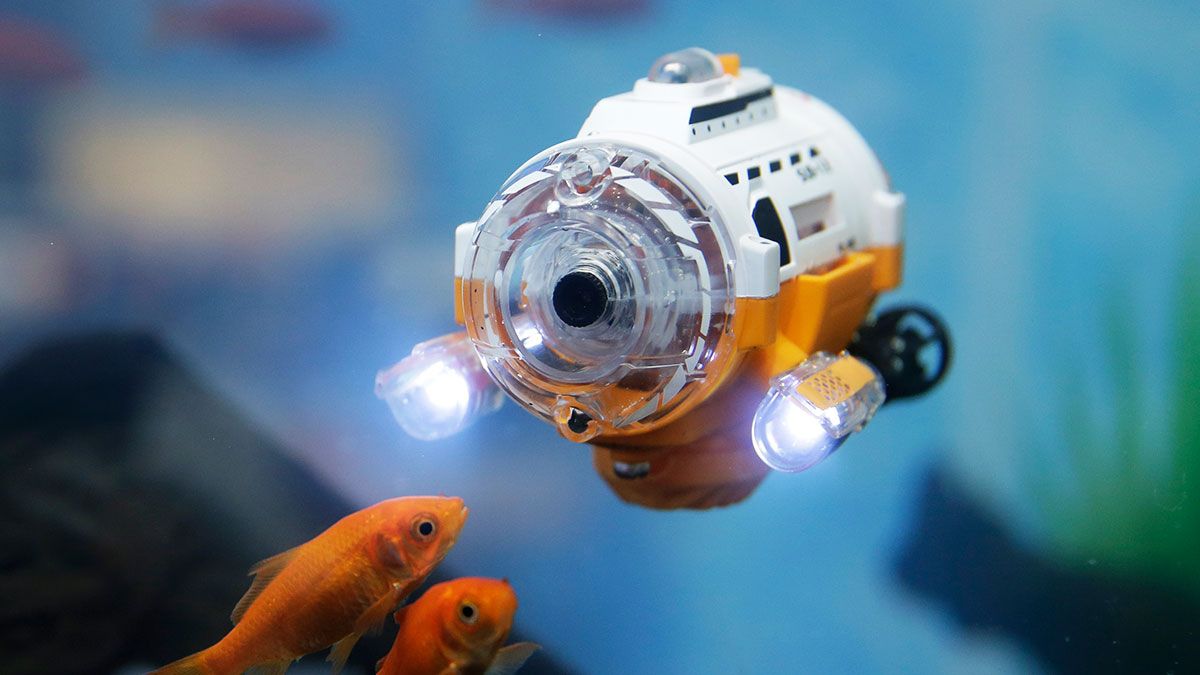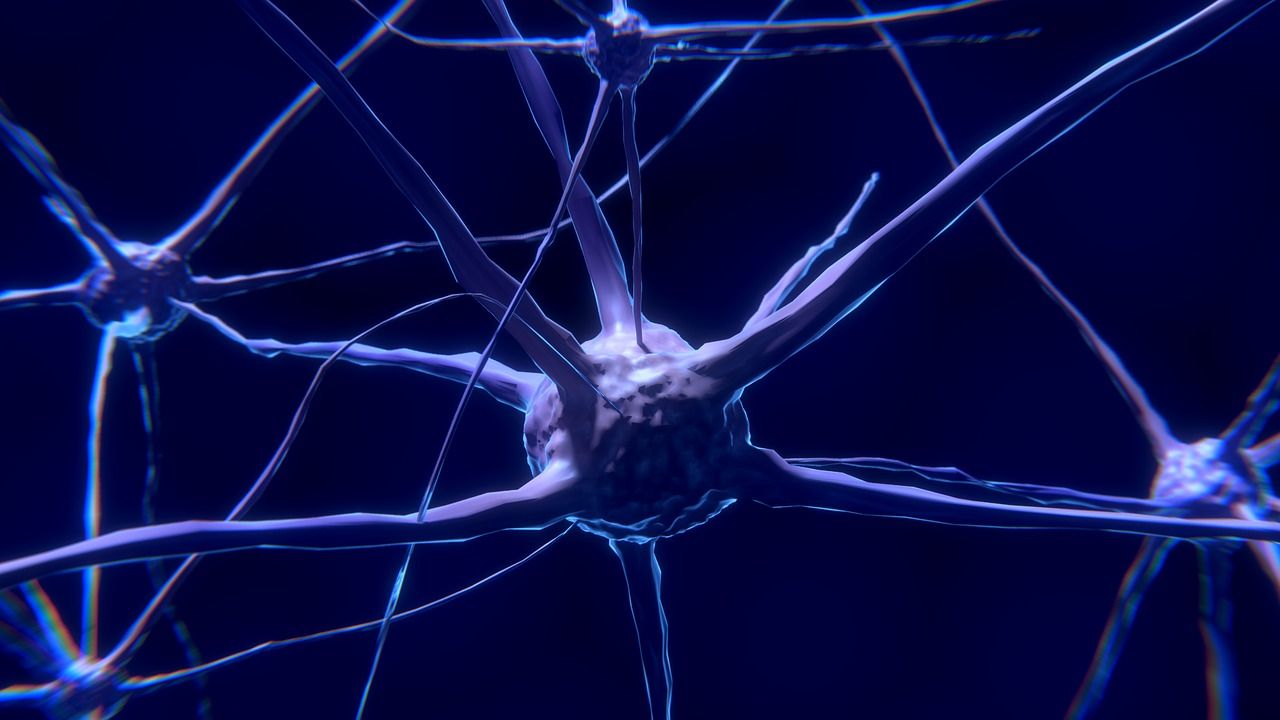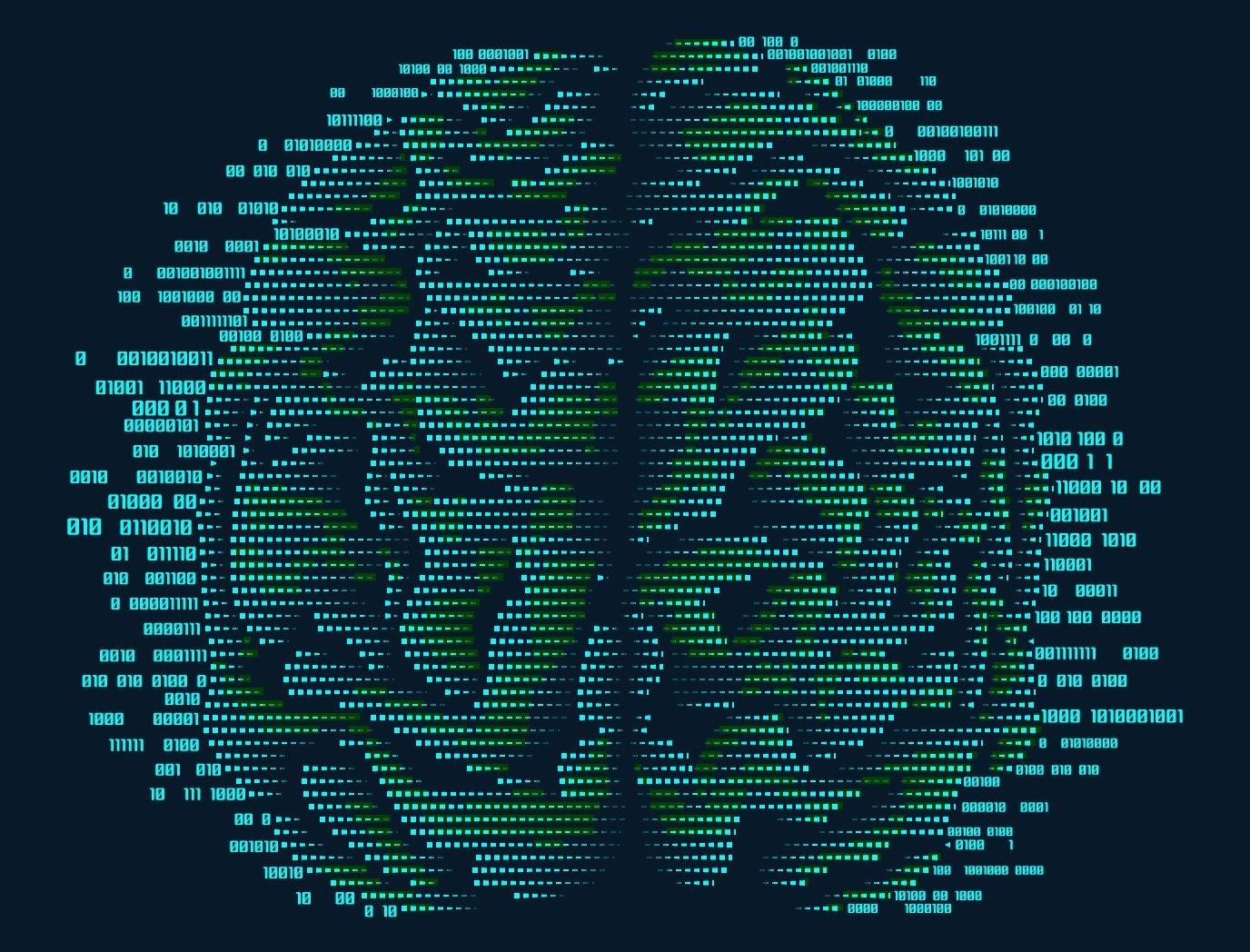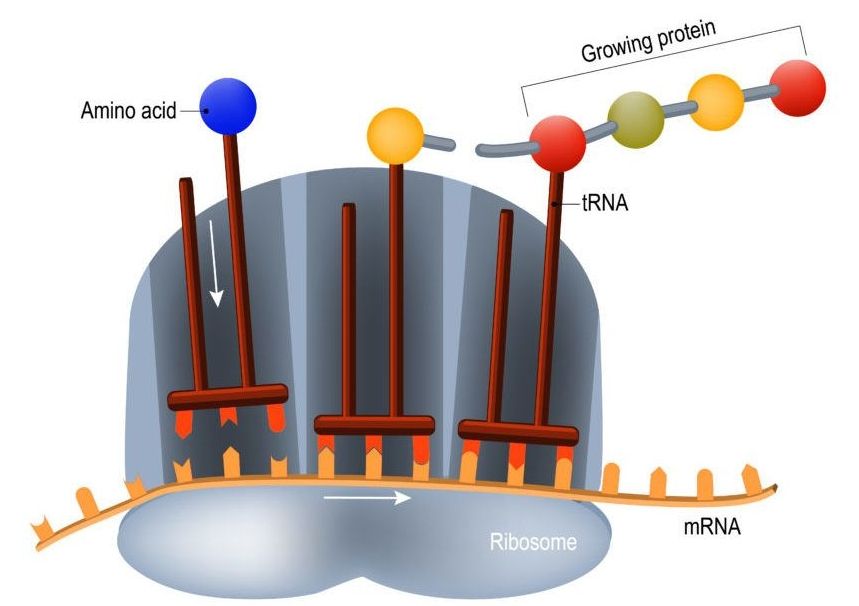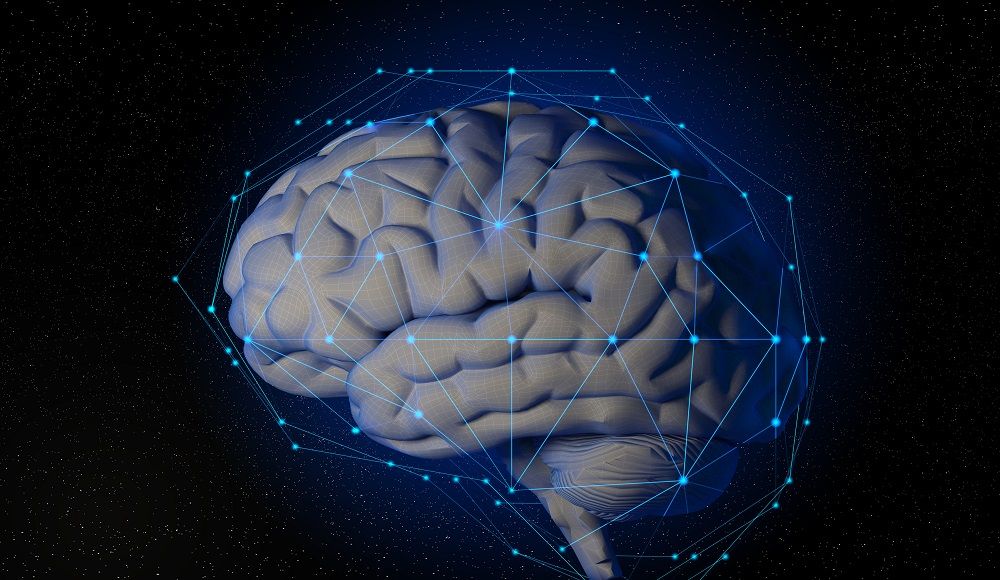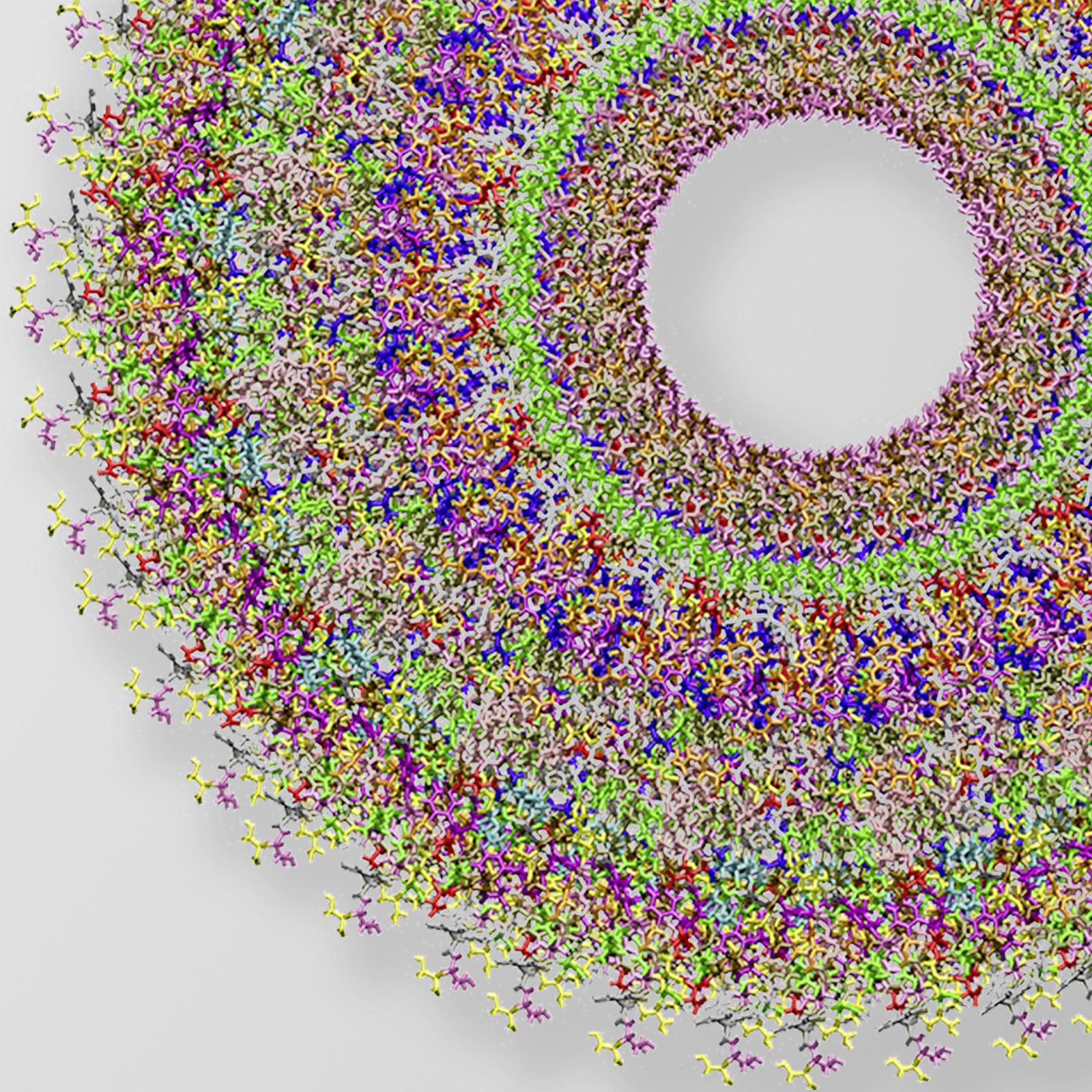Apr 11, 2018
FDA approves AI-powered diagnostic that doesn’t need a doctor’s help
Posted by Genevieve Klien in categories: biotech/medical, information science, robotics/AI
Marking a new era of “diagnosis by software,” the US Food and Drug Administration on Wednesday gave permission to a company called IDx to market an AI-powered diagnostic device for ophthalmology.
What it does: The software is designed to detect greater than a mild level of diabetic retinopathy, which causes vision loss and affects 30 million people in the US. It occurs when high blood sugar damages blood vessels in the retina.
How it works: The program uses an AI algorithm to analyze images of the adult eye taken with a special retinal camera. A doctor uploads the images to a cloud server, and the software then delivers a positive or negative result.
Continue reading “FDA approves AI-powered diagnostic that doesn’t need a doctor’s help” »
